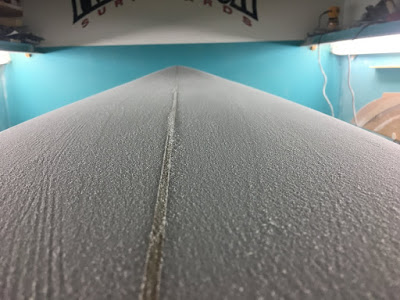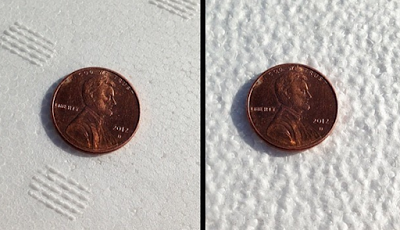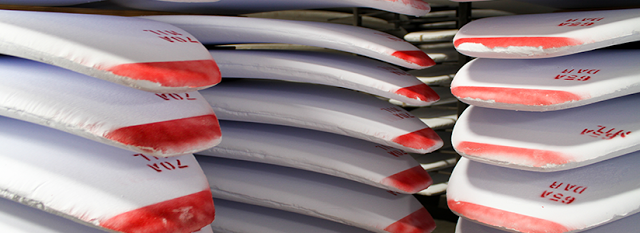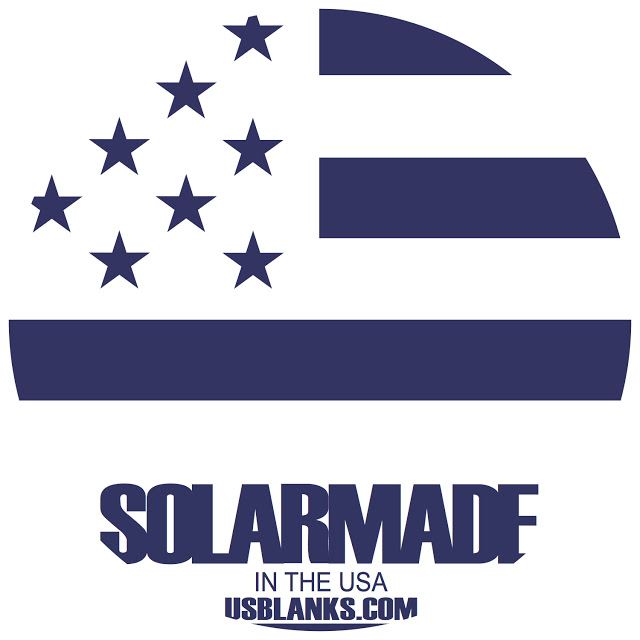 Mar
07
Mar
07
Everything On The Inside (Part 1; Foam)
- March 7, 2017
- 0 Comment(s)
Shaping
surfboards is a lot like finding the right person to marry. Well, in truth it
isn’t like that at all. There are however effectively enough similarities however that
we could justify using such a dastardly bait-and-switch to reel you into part
one of our six-part series on understanding surfboard blanks. Just as
many Hollywood movies would have us believe about love, there is a right “the one” for any
potential surfboard.
The thing
about picking the right one is that on the surface it’s a pretty simple equation.
As long as you have your length, width, and thickness in mind, then the rest
will fall into place right? Wrong. In case you missed it that’s only three
things and again, this is a six-part
blog. Now we’re not out to overcomplicate a simple thing, honestly. But we’ve
been doing this long enough to know that when it comes to surfboard blanks, there
truly is a hell of a lot more than meets the eye. That’s a thing that can
really tangle a person up in the shape room if they come to the party
unprepared.
So we’re
going to prepare you, and we’re not going to do it alone. The fine folks over
at US Blanks, with their innumerable years of expertise have opted to weigh in
on the matter as well. For now, we will begin at the beginning and start with
the difference between polyurethane and EPS foam. Scoff at the simplicity if
you must, but don’t be surprised if by the end of this all you have found
yourself to have become much more particular about your blank selection. Enjoy.
Polyurethane vs. EPS Foam… What’s
the Difference??
Polyurethane Blanks: Polyurethane,
or PU, blanks are generally the most common type of surfboard blank out there (and definitely the
older of the two types). Polyurethane
is a type of plastic, which is poured into a hollow-cavity mold of specific
proportions. Once poured, the PU foam expands to take the shape of the mold and
hardens to become the surfboard blank. (As
you may know, surfboard blanks are made
in a variety of shapes and sizes intended to closely meet the shapers requirements
of a desired surfboard to reduce waste. The blank roughly resembles the
contours and shape of the finished board).
or PU, blanks are generally the most common type of surfboard blank out there (and definitely the
older of the two types). Polyurethane
is a type of plastic, which is poured into a hollow-cavity mold of specific
proportions. Once poured, the PU foam expands to take the shape of the mold and
hardens to become the surfboard blank. (As
you may know, surfboard blanks are made
in a variety of shapes and sizes intended to closely meet the shapers requirements
of a desired surfboard to reduce waste. The blank roughly resembles the
contours and shape of the finished board).
Polyurethane blanks can be glassed
with a variety of different cloth types and resins, which makes them a reliable
and versatile choice…especially for beginners. PU blanks can be glassed with
either polyester or epoxy resin, a choice that often comes down to personal
preference.
with a variety of different cloth types and resins, which makes them a reliable
and versatile choice…especially for beginners. PU blanks can be glassed with
either polyester or epoxy resin, a choice that often comes down to personal
preference.
 |
| Polyurethane Foam in action |
Expanded Polystyrene Blanks: Expanded
Polystyrene, or EPS, blanks are much more recent option available to surfboard
shapers, having come into popular use around the mid ‘90s. “EPS is a
closed-cell foam, made up of tiny, hollow, spherical beads. In fact, EPS is
made up of 98% air, which is the reason behind its lightweight. Common uses for
EPS are packing applications (foam peanuts, ice chests) and construction
applications (insulation, void filler). EPS is inert and non-toxic, both to the
environment and one’s health. It is regarded as lighter and more buoyant
than traditional polyurethane foam.” (Read More about EPS in
depth here).
Polystyrene, or EPS, blanks are much more recent option available to surfboard
shapers, having come into popular use around the mid ‘90s. “EPS is a
closed-cell foam, made up of tiny, hollow, spherical beads. In fact, EPS is
made up of 98% air, which is the reason behind its lightweight. Common uses for
EPS are packing applications (foam peanuts, ice chests) and construction
applications (insulation, void filler). EPS is inert and non-toxic, both to the
environment and one’s health. It is regarded as lighter and more buoyant
than traditional polyurethane foam.” (Read More about EPS in
depth here).
EPS foam can only be glassed with epoxy
resin, as polyester resin reacts negatively with EPS foam and tends to ‘melt’
the blank and ruin the board. The process of glassing with epoxy is a little
more intensive than with polyester resin, as people often ‘seal’ their blanks
with some kind of spackle mix to save resin/ board weight, as bare EPS foam
tends to absorb resin directly into the foam. With the advent of higher quality
EPS foam in recent years however, there is a dissent on opinion on how
necessary this step actually is. The resin in general takes a fair bit longer
to ‘kick-off’ when glassing a board, which is both a blessing and a curse and
takes a little more effort to learn than polyester resin can.
resin, as polyester resin reacts negatively with EPS foam and tends to ‘melt’
the blank and ruin the board. The process of glassing with epoxy is a little
more intensive than with polyester resin, as people often ‘seal’ their blanks
with some kind of spackle mix to save resin/ board weight, as bare EPS foam
tends to absorb resin directly into the foam. With the advent of higher quality
EPS foam in recent years however, there is a dissent on opinion on how
necessary this step actually is. The resin in general takes a fair bit longer
to ‘kick-off’ when glassing a board, which is both a blessing and a curse and
takes a little more effort to learn than polyester resin can.
 |
| Superfused EPS compared to Block Cut Eps |
A Word on Foam Selection from the Experts at
U.S. Blanks
“Polyurethane (PU) is most common
type of surfboard foam. US Blanks PU is made in Los Angeles from 100% solar
power and is available in 6 densities (lightweight to very heavy). Any type of
stringer wood can be used with PU foam and it can be glassed with either
polyester or epoxy resin.
type of surfboard foam. US Blanks PU is made in Los Angeles from 100% solar
power and is available in 6 densities (lightweight to very heavy). Any type of
stringer wood can be used with PU foam and it can be glassed with either
polyester or epoxy resin.
US
Blanks also offers 2 types of EPS foam: Block-Cut EPS or Superfused EPS.
Block-Cut EPS blanks are cut from a large block of foam; therefore they are
available in any range of dimensions (within 24’ x 4’ x 3’). Superfused EPS
blanks are molded into a specific blank size (of which US Blanks offers 13
sizes). Because these EPS beads are fused into a smaller blank mold (as
compared to the large block), the cell structure is tighter.
Blanks also offers 2 types of EPS foam: Block-Cut EPS or Superfused EPS.
Block-Cut EPS blanks are cut from a large block of foam; therefore they are
available in any range of dimensions (within 24’ x 4’ x 3’). Superfused EPS
blanks are molded into a specific blank size (of which US Blanks offers 13
sizes). Because these EPS beads are fused into a smaller blank mold (as
compared to the large block), the cell structure is tighter.
When selecting foam type, the
differences are more a matter of preference than of quality. Surfers tend to
like PU for it’s “traditional” flex and feel, and they comment that EPS is
lighter and has more verve (or liveliness). As with most surfboard materials
and design features, different surf conditions call for different board types.
Many surfers have both PU and EPS boards in their quivers.
differences are more a matter of preference than of quality. Surfers tend to
like PU for it’s “traditional” flex and feel, and they comment that EPS is
lighter and has more verve (or liveliness). As with most surfboard materials
and design features, different surf conditions call for different board types.
Many surfers have both PU and EPS boards in their quivers.
Once you decide which foam type is
appropriate for your build, you’ll be able to select the appropriate blank
size.”
appropriate for your build, you’ll be able to select the appropriate blank
size.”


